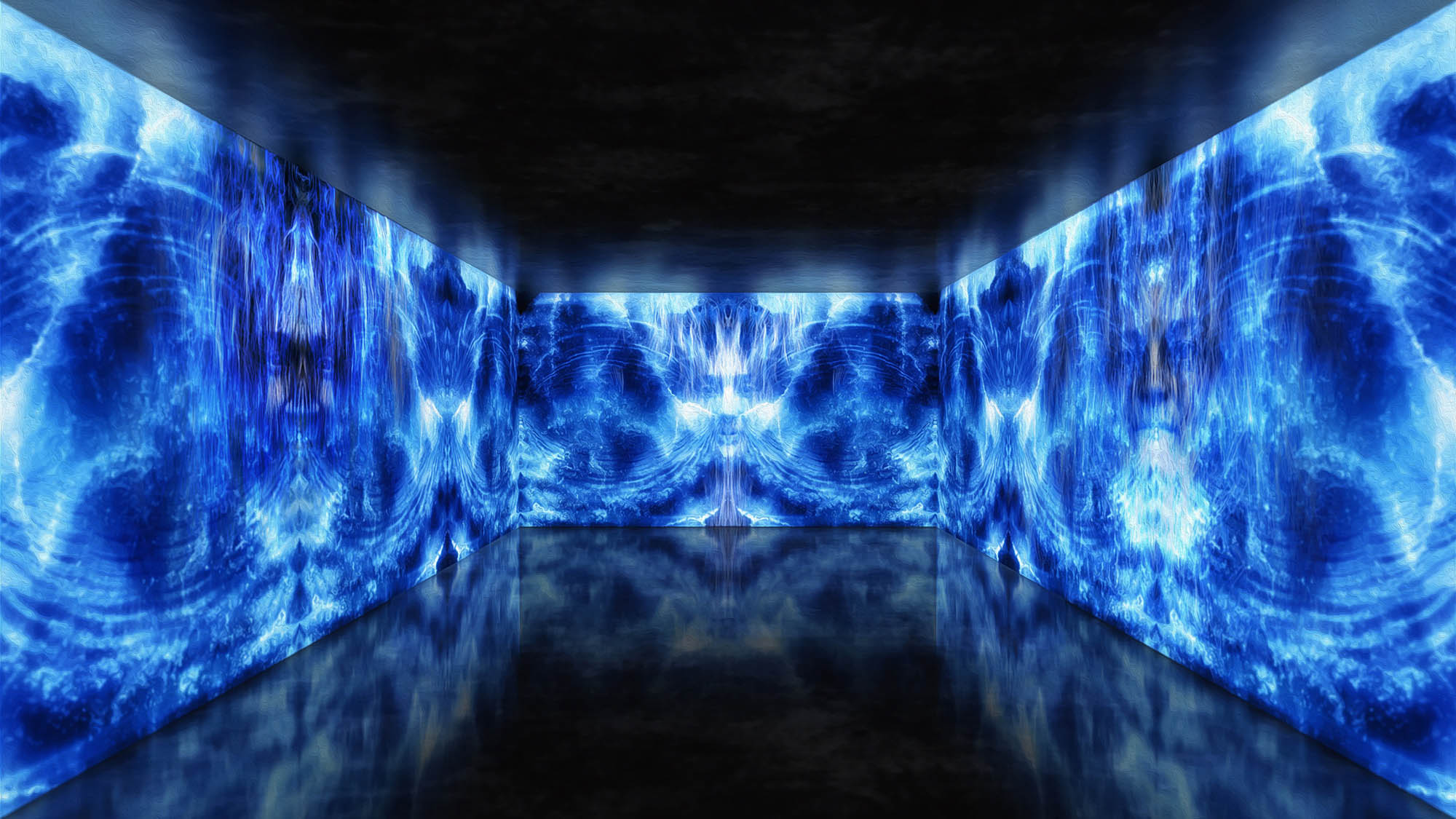
“Without birth and death, and without the perpetual transmutation of all the forms of life, the world would be static, rhythm-less, undancing, mummified”. – Alan Watts
Can Büyükberber’s immersive audiovisual compositions seek to eliminate the line of demarcation from our psyche between the physical and virtual space that promotes a more empathetic world view. Venü has a tête-à-tête with the artist to learn more about the holistic approach of his practice, the exploration of the mystical and creating a universal connection.
Venü: How do you make a virtual environment feel more humanly luxurious when it can’t engage the senses like a physical space does? Are we really manifesting our future through the immersion of these digital habitats?
CB: We love sensorial experiences that give the nod to the theatrical-Cinema, music performances, and pieces of artwork are a simulated response to stimulate our intellect and create sensations. We live daily in a different place, whether it’s a concert hall, movie theater, or museum that’s confined to a length of time spent in a shared occupied space. As artists, our aim is to give you a more participatory transcendental voyage. I think about how we can utilize these esthetic things we do in our daily lives and apply them to create a more gratifying and satisfying daily encounter. Our imagination is limited to what’s been promoted to us filled with external images provided by corporate branding.
My understanding of luxury is to create a sentiment of bliss that elevates your mood seamlessly and positively. You can fill your home with opulent pieces and materials, but that’s not the happiness we strive for. My understanding of my practice is not just about creating art for art’s sake but also about making my life better and living my life as a better human being. Inspired by Architect Buckminster Fuller’s philosophies, living my best life is on the same creative frequency as achieving that kind of elation in my work.
Venü: In creating the contextual forms of your surroundings and the world you opt to reside in, is there a musical reference that organically helps it take shape, or does form follow the rhythmic vibration?
CB: It changes with my mood and state of being at that particular time. If there’s an ideal state I’m striving for, I listen to Steve Reich – Music for 18 Musicians. There’s an emotional perplexity that oscillates through my frame of mind to depict the flow of emergent shapes. In VR, I can start off with eerie elements that move through different feelings and end with a peaceful mindset, or the juxtaposition can become more annihilistic in nature. It’s a combination of receptivity and the message I’m trying to convey. Music is more notations-based and has an entirely different set of resolutions. My work filters through spatial perception and dimensional symmetry that takes you on a journey.
“I am surprised by Can’s work with VR and kinetic sculptures that interact with the public; Fascinated by how the art world has been shifting into the cultural context of the virtual world.”
— ARCHITECT FERNANDO ROMERO
Venü: Let’s talk more about your new audiovisual piece Primordial Force and the exhibition in Atlantic Beach, Florida.
CB: It takes the concept of water into its alchemical roots and uses it as a metaphor for the collective unconscious, as Carl Jung described – A primordial force can be modeled as energy that originated everything: reality, time, space, life; an infinite potential of constant movement, influencing the interaction between pieces, forming an ever-evolving whole.
Several synchronistic events took place separately from where it’s individually exhibited. The curators and organizers asked for similar themes. I did a social responsibility project with UNESCO Intergovernmental Oceanographic Commission that brought together videographers and visual art musicians to create a smaller piece that could be expanded upon. Jessica Santiago, CEO and Curator at ArtRepublic Global, asked me if I would like to design with the water team. Being involved with ONEWORLD ONEOCEAN was a passion project dear to my heart that visualized my version of water texture, rather the flow and emotion of water.
Inspired and fascinated by Carl Jung’s work on psychology, the collective unconsciousness, dreams, symbols, and Jungian archetypes of his own art, he was in part a psychiatrist and psychoanalyst that delved into the mystical. A concept that I was heavily thinking about is: How can the mind generate these ideas that don’t come from our own imaginations?
In Moscow, the audiovisual exhibit came to life as a 360 tunnel installation. In Florida, it was a large- scale building projection at One Ocean Resort Hotel in that incorporated Alan Watts theories accompanied by a new layer of magic that shared his deep understanding of Life, Zen and Buddhism. Jung encouraged water animations coupled with sound effects immersed in architecture. Tonality played center stage and ignited new feelings, expressions, and forms.
Venü: How was this experience for you when implementing the formulations into new shapes of water?
CB: The piece I created is quite spacious. – With big water splashes in a cacophony of booms played in slow-mo that orchestrated a human silhouette. Thirty-second to one-minute interval sound bites from original recordings of Watts poetized descriptive realities of infinity held within a grain of sand and notions of human consciousness perfectly fit into the stops of the water swashes. It was a magical dream-set of emotions drenched in the environs of the ocean.
Venü: During the unprecedented times of COVID, the world stopped and nature replenished itself. There was a harmony and balance that was restored within the walls of the eco-system’s infrastructure. How do you create the harmony and balance within the landscapes you create so we can find it within ourselves?
CB: The responsibility of an artist is to imagine possibilities, not dictate the imagination of others. Advanced tools of visualization can bring more attention on very abstract things that normally can’t be put together in our minds view. When you solve a problem in a digital dimension it becomes a tangible item that’s processed before you and provides digestible information that’s visually seen about the world around you and about yourself.
The concept of sustainability and the rippling effect of our ecosystems are not based on a limited time frame of periphery. When we look at a beautiful view, we don’t perceive it as millions of years in the making sliced up over time to create it. The world stopped and the rivers got cleaner, dolphins are swimming, and due to hitting the pause button we got to see the impact of the overview effects because we watched it in real time. When astronauts saw the planet for the first time, they came in as one organism living on a piece of solid rock together.
Immersive artistry can generate a feeling of our universal place on this planet that’s more participatory and subjective. The norm of cinematic arts is a cerebral experience based upon the limitations of what the narrator wants you to see.
Jung expels, “A man who has not passed through the inferno of his passions has never overcome them. As far as we can discern, the sole purpose of human existence is to kindle a light in the darkness of mere being. Everything that irritates us about others can lead us to an understanding of ourselves.”
Venü: Where do you see the immersive environment going into our future? Will it become a physical space where it can be tactile or do you see technology overtaking us?
CB: I’m definitely concerned about the impact of our technology in the creation of these esthetic planes. We are building a world stage of communication systems that create a neoteric social existence and play a role in the desires of our dreams and psyche. It’s beyond having screens in our rooms. We can only begin to speculate about what this new “brain” computer interface will provide. It’s become alarmingly clear that we have to pay attention to the interactive immersion of them. Whatever we visualize can easily shape our life and present a cause-and-effect scenario that shifts perception. In the last decade or so, it’s inevitable to see that the parallels between the environments are getting blurry, and blurry and even more blurry in the future. It’s our moral responsibility as architects, artists, and designers, to have discussions about them and distinguish how we go about using these powerful tools in our designs. We have to be careful and present the best scenarios we can come up with for these new needs and platforms. Ultimately, it’s beyond our imagination and increasingly more tangible to think about how they will take place and emerge to construct a better world. It’s horrifying to think about living like the Hunger Games, but together we can crack the code.
Putting aside generational gaps, humans did not evolve over millions of years to push buttons. I think that the most radical thing to do is to be a natural human being. This will be the biggest statement of the future. ☐

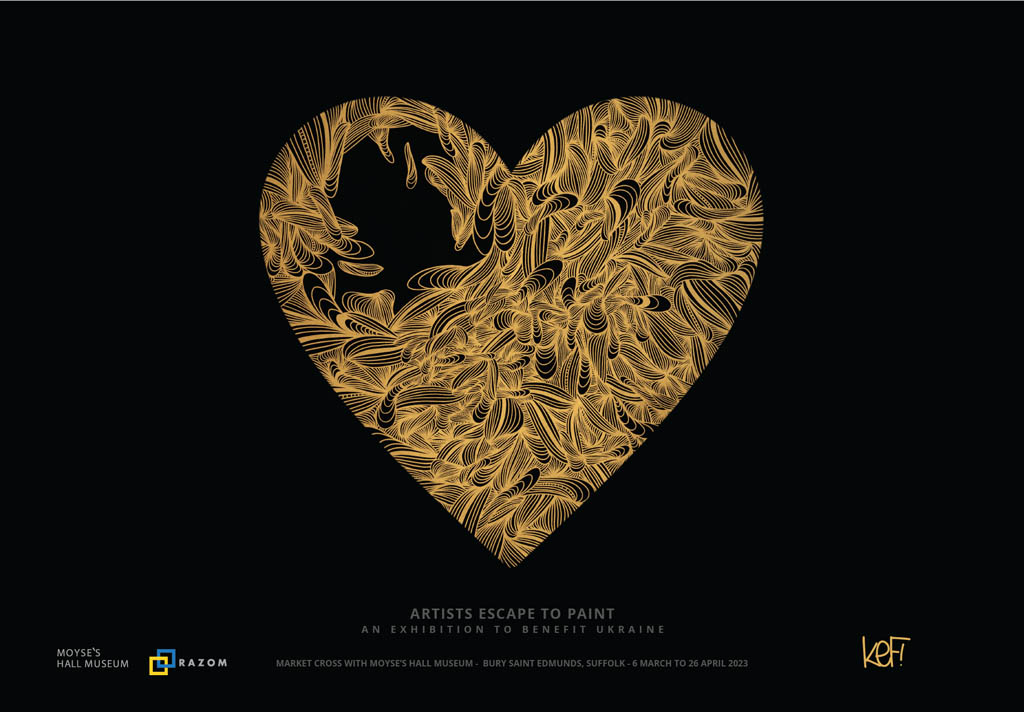
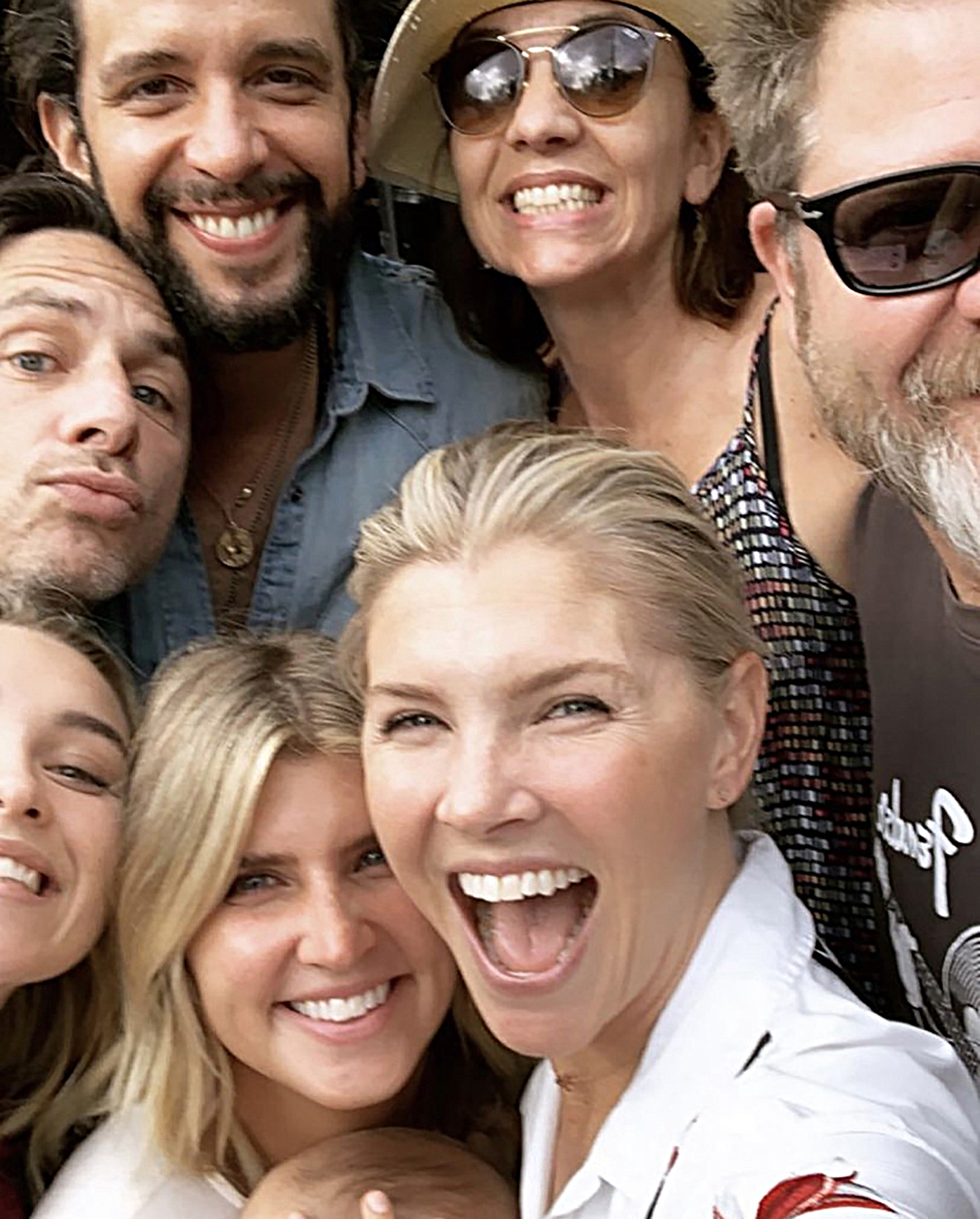
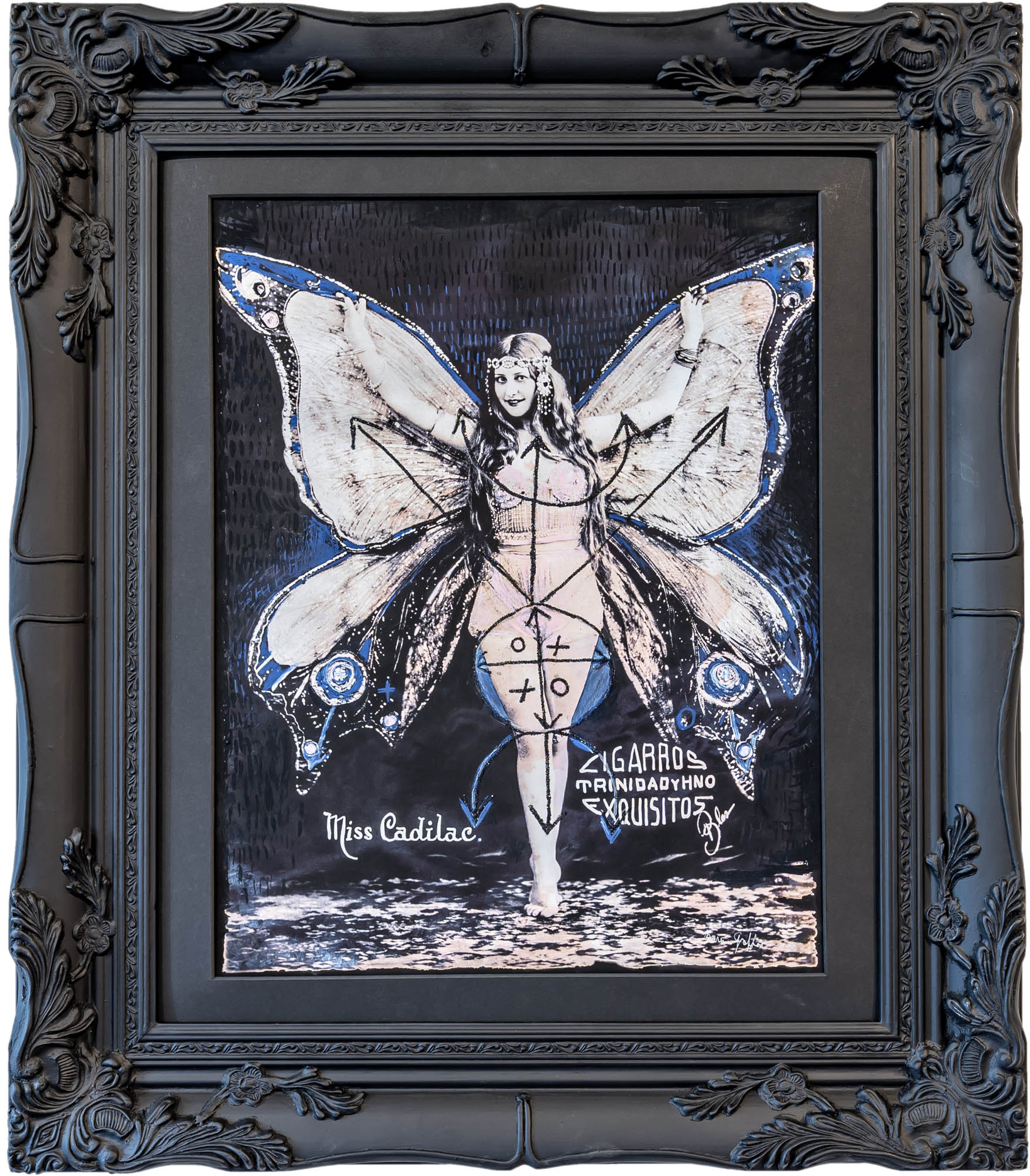
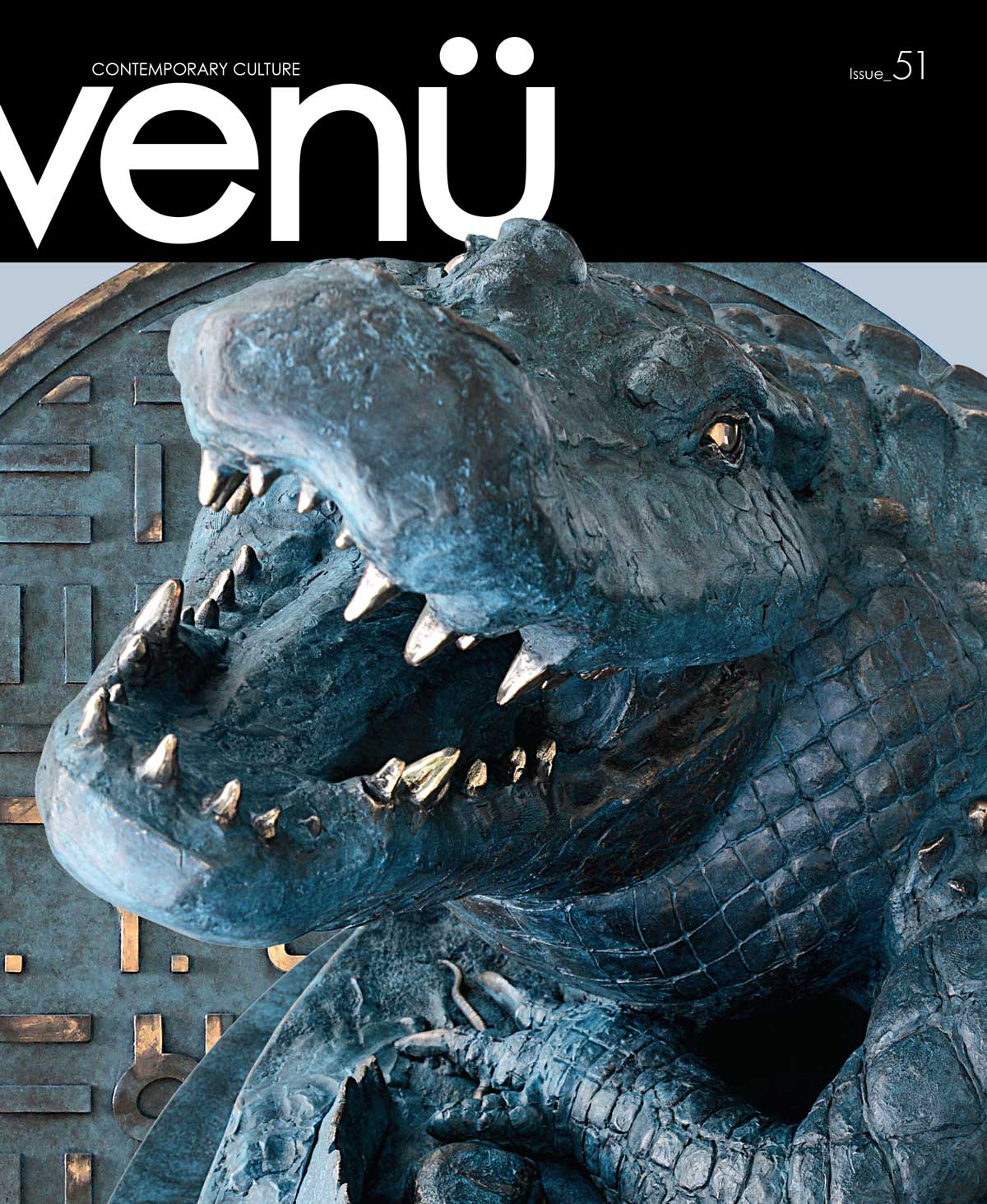
Leave a Reply